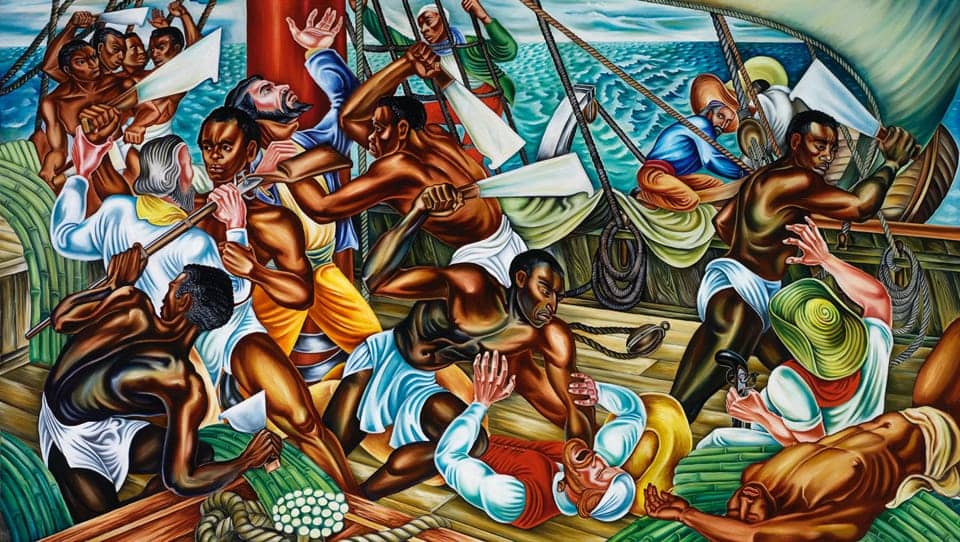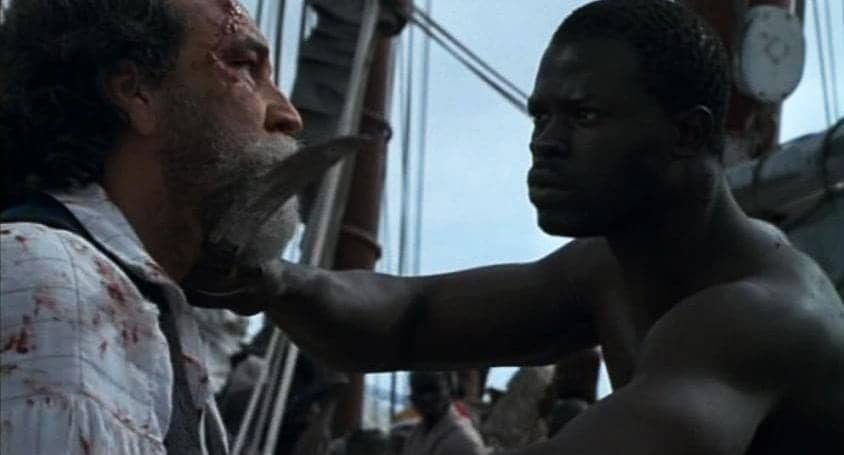by Marc Norton

But in one important respect, the movie comes up short. Missing from the film is the slave rebellion and revolt that Solomon Northup portrayed so vividly in his book.
It is unfortunate that slave resistance is missing from a movie destined to become a classic portrayal of slavery. “12 Years a Slave” plays into that political current, which sees oppressed and exploited people only as victims, as mere objects of uncontrollable historical forces, rather than people making history by fighting back.
“They are deceived who flatter themselves that the ignorant and debased slave has no conception of the magnitude of his wrongs,” Northup writes. “They are deceived who imagine that he arises from his knees, with back lacerated and bleeding, cherishing only a spirit of meekness and forgiveness.
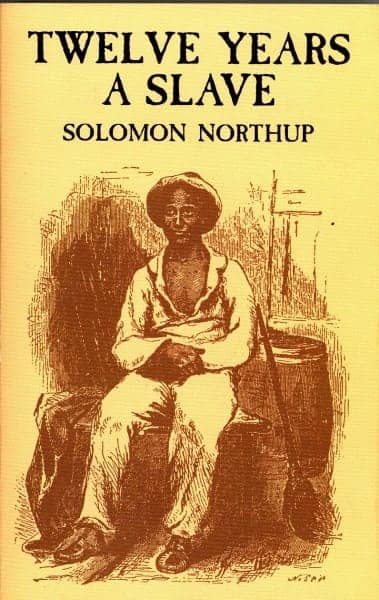
Slave revolts
Nat Turner led a bloody slave revolt in Virginia in 1831, 10 years before Northup was sold into slavery. Turner rallied an estimated 70 or more slaves and killed 50-60 whites. Turner was later captured and hanged, along with many others. But this rebellion struck terror into the hearts of the slave masters.
Turner’s rebellion was only the largest of many. Herbert Aptheker documented 250 similar rebellions in his groundbreaking book, “American Negro Slave Revolts.”
“Let them know the heart of the poor slave … and they will find that ninety-nine out of every hundred are intelligent enough to understand their situation, and to cherish in their bosoms the love of freedom,” Northup writes.
Even before he was sold into slavery, Northup, living in Saratoga, New York, “frequently met with slaves, who had accompanied their masters from the South … Almost uniformly I found they cherished a secret desire for liberty.”
But where is this slave resistance in the movie? There is little to be seen.
“Let them know the heart of the poor slave … and they will find that ninety-nine out of every hundred are intelligent enough to understand their situation, and to cherish in their bosoms the love of freedom,” Northup writes. But where is this slave resistance in the movie? There is little to be seen.
The tone of the movie is set early on in a conversation between Northup and two other free men who have been kidnapped. “I say we fight,” says Robert, proposing a mutiny and seizure of the slave ship on which they are being transported.
“The crew is fairly small,” says Northup. “If it were well planned, I believe they could be strong armed.”
But Clemens responds, “Three can’t stand against a whole crew. The rest here are niggers, born and bred slaves. Niggers ain’t got the stomach for a fight, not a damn one.”
And, in the movie, that is the end of any talk of mutiny.
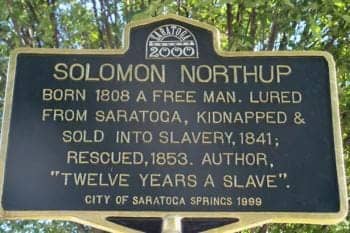
They developed a detailed plan about how to overpower the brig’s captain and crew. They did not tell any of the other slaves about their plan, not knowing who to trust, but obviously counted on their acquiescence, if not their support, once they seized control of the ship. The plan was only abandoned after Robert came down with smallpox and died, his body thrown overboard.
On the plantation
The only slave who fights back once Northup gets to Louisiana is Northup. We see the slave Eliza wailing and weeping about being separated from her children. We see the slave Patsey beg Northup to kill her. Later Patsey speaks back to slave master Epps before being brutally whipped. And in one scene Northup stumbles onto the lynching of two slaves, although we never learn why. That’s about it.
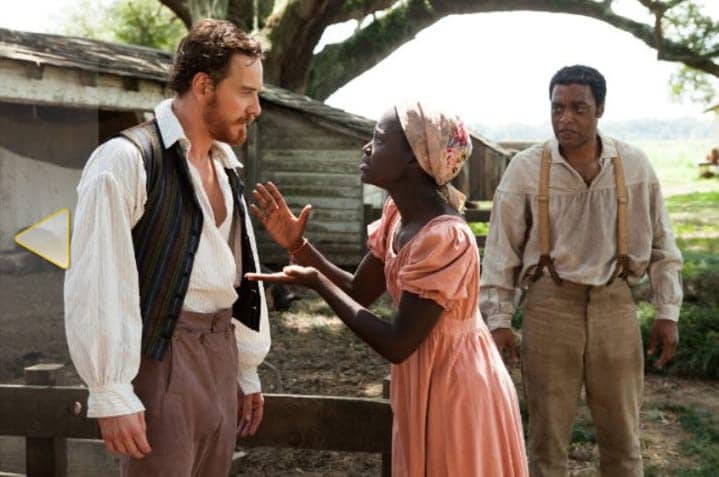
Northup later relates a story where “some man’s blood” was shed. A certain slave, not far from the plantation on which Northup was enslaved, “was ordered to kneel and bare his back for the reception of the lash. They were in the woods alone – beyond the reach of sight or hearing. The boy submitted until maddened at such injustice, and insane with pain, he sprang to his feet, and seizing an axe, literally chopped the overseer in pieces.”
Having risen from his knees and slain his oppressor, “He made no attempt whatever at concealment, but hastening to his master, related the whole affair … He was led to the scaffold, and while the rope was around his neck, maintained an undismayed and fearless bearing, and with his last words justified the act.”
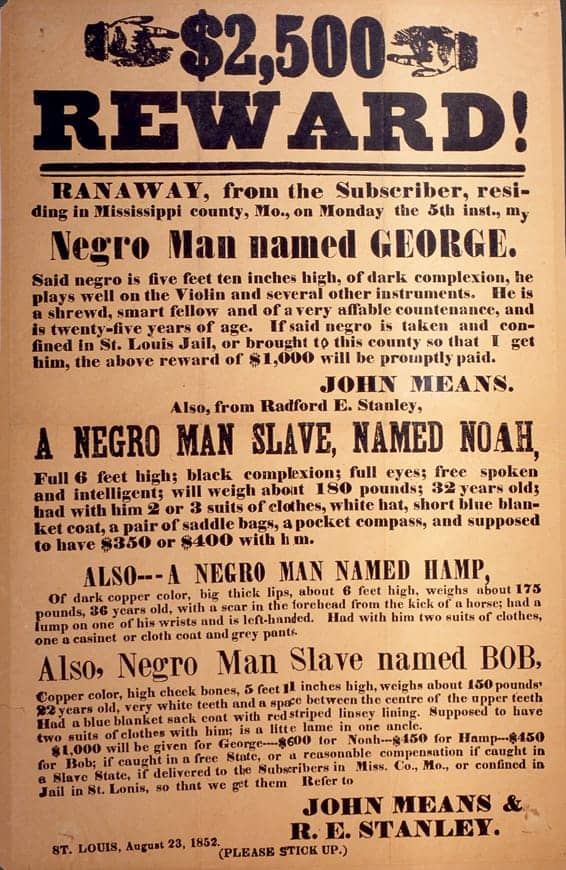
Northup even tells of a “concerted movement among a number of slaves” to escape to Mexico. “Lew Cheney, with whom I became acquainted … conceived the project of organizing a company sufficiently strong to fight their way against all opposition, to the neighboring territory of Mexico.”
“A remote spot, far within the depths of the swamp back of Hawkin’s plantation, was selected as the rallying point. Lew flitted from one plantation to another, in the dead of night, preaching a crusade to Mexico, and, like Peter the Hermit, creating a furor of excitement wherever he appeared. At length, a large number of runaways were assembled; stolen mules, and corn gathered from the fields, and bacon filched from smokehouses, had been conveyed into the woods. The expedition was about to proceed, when their hiding place was discovered.”
Unfortunately, Cheney then turned traitor.
“Departing secretly from the encampment, he [Cheney] proclaimed among the planters the number collected in the swamp, and, instead of stating truly the object they had in view, asserted their intention was to emerge from their seclusion the first favorable opportunity, and murder every white person along the bayou.”
Doubtless with Nat Turner’s revolt in mind, Cheney’s story “filled the whole country with terror.” The planters surrounded and surprised the runaway encampment. The prisoners, along with “many who were suspected, but entirely innocent,” were “without the shadow of process or form of trial, hurried to the scaffold.”
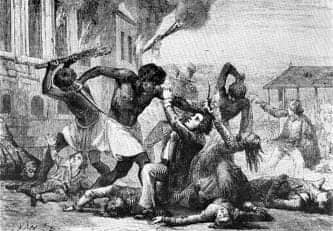
“More than once,” Northup relates, “I have joined in serious consultation, when the subject has been discussed, and there have been times when a word from me would have placed hundreds of my fellow-bondsmen in an attitude of defiance. Without arms or ammunition, or even with them, I saw such a step would result in certain defeat, disaster and death, and always raised my voice against it …
“It is a mistaken opinion that prevails in some quarters, that the slave does not understand the term – does not comprehend the idea of freedom.”
Despite Northup’s counsel against insurrection, he fought back when he had no choice. The movie graphically portrays a fight with a white carpenter, John Tibeats. As graphic as it is, the beating Northup gave Tibeats was even more brutal than shown in the film. “I placed my boot upon his neck. He was completely in my power. My blood was up. It seemed to course through my veins like fire … I snatched the whip from his hand … I cannot tell how many times I struck him. Blow after blow fell fast and heavy upon his wriggling form. At length he screamed – cried murder – and at last the blasphemous tyrant called on God for mercy. But he who had never shown mercy did not receive it. The stiff stock of the whip warped round his cringing body until my right arm ached.”
The beating Northup gave Tibeats was even more brutal than shown in the film. “I placed my boot upon his neck. He was completely in my power. My blood was up. It seemed to course through my veins like fire … I snatched the whip from his hand … at last the blasphemous tyrant called on God for mercy. But he who had never shown mercy did not receive it.”
In reality, but not in the movie, Northup had a second fight with Tibeats, in which he once again overpowers the carpenter. This time Northup flees, eludes a pursuing party of hounds and takes refuge in the swamp. Eventually, as after the first fight, Northup is saved from deadly retaliation from Tibeats by the intervention of his first master, William Ford, avoiding that “certain defeat.”
Not just victims
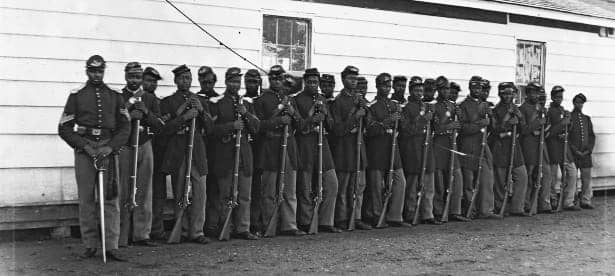
But there is a current among some who call themselves progressive to see exploited people as mere victims, unwilling or unable to fight back, meekly waiting for deliverance from some savior. It appeases the conscience of some liberals, but it is not a true story.
People fight back against their oppressors. It is part of human nature. Sometimes we fight back smart, and sometimes we just fight back. Sometimes we are organized, and sometimes we are disorganized. But history is in fact the story of rebellion after rebellion.
People fight back against their oppressors. It is part of human nature. History is in fact the story of rebellion after rebellion.
Last year, another Oscar-award winning movie about slavery, “Lincoln,” told the story of the passage of the 13th Amendment and the end of slavery in the United States. Yet slaves were barely present in this story of slave liberation.
Daniel Day-Lewis won praise for his stunning portrayal of Abraham Lincoln, but where was the incomparable, escaped slave leader Frederick Douglass? What mention was made of the slave revolts that had terrorized the South prior to the Civil War?
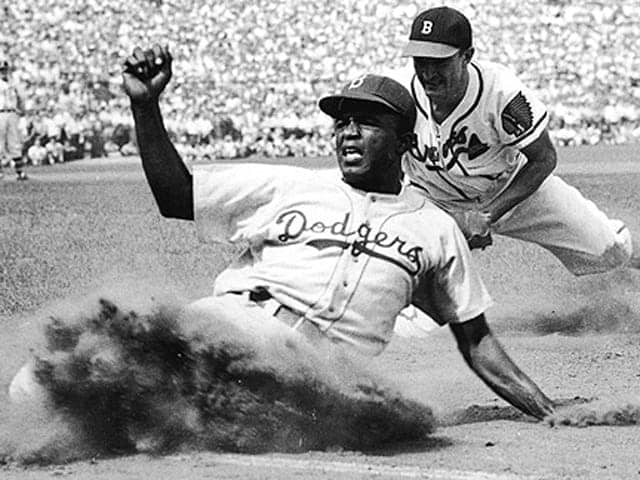
This year, the movie “42,” the story of Jackie Robinson, who courageously challenged segregation in baseball, did not win a single Oscar nomination, despite Chadwick Boseman’s powerful portrayal. Why not?
Contrast “12 Years a Slave” and “Lincoln” with “Django Unchained,” last year’s epic spaghetti Western depiction of slavery, where Black hero and bounty hunter Django says without regret, “Kill white people and get paid for it? What’s not to like?” “Django Unchained” won Oscars, including Best Writing for Quentin Tarantino’s screenplay. It appears that stereotypical comedy is easier for Hollywood to take than real Black heroes.
Back in 1997, Chiwetel Ejiofor, who plays Northup in “12 Years a Slave,” had an important role in “Amistad.” “Amistad” was based on a true story of slave revolt, the mutiny on a slave ship. That movie, like “12 Years a Slave,” did not flinch in its portrayal of the bestiality of slavery, in particular of the slave trade. “Amistad” starred Djimon Hounsou as Cinque, the leader of the mutiny. The defiance and rebelliousness of Cinque and the mutineers was on full display in that film. We need more such films.
Greg Grandin in a recent Nation article, “Slavery & Freedom,” talks of the “falsehood on which the whole ideological edifice of slavery rested: the idea that slaves were loyal and simple-minded, in possession of neither independent lives nor thoughts.”
It is not just the history of slavery that matters. It is the history that exploited and oppressed people make every day by fighting back that matters. We are not just victims. There is some Solomon Northup, and some Nat Turner, in all of us. We must be the agents of our own liberation.
It is the history that exploited and oppressed people make every day by fighting back that matters. We are not just victims. There is some Solomon Northup, and some Nat Turner, in all of us. We must be the agents of our own liberation.
Copyright © 2014 Marc Norton. Marc Norton has been a rank-and-file member of UNITE HERE Local 2, the San Francisco hotel, restaurant and culinary workers union, since 1976. He is also a member of the Industrial Workers of the World (IWW). His website is www.MarcNorton.us.




